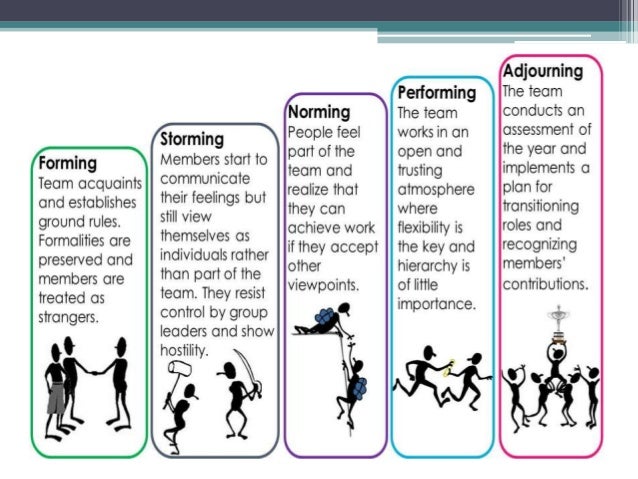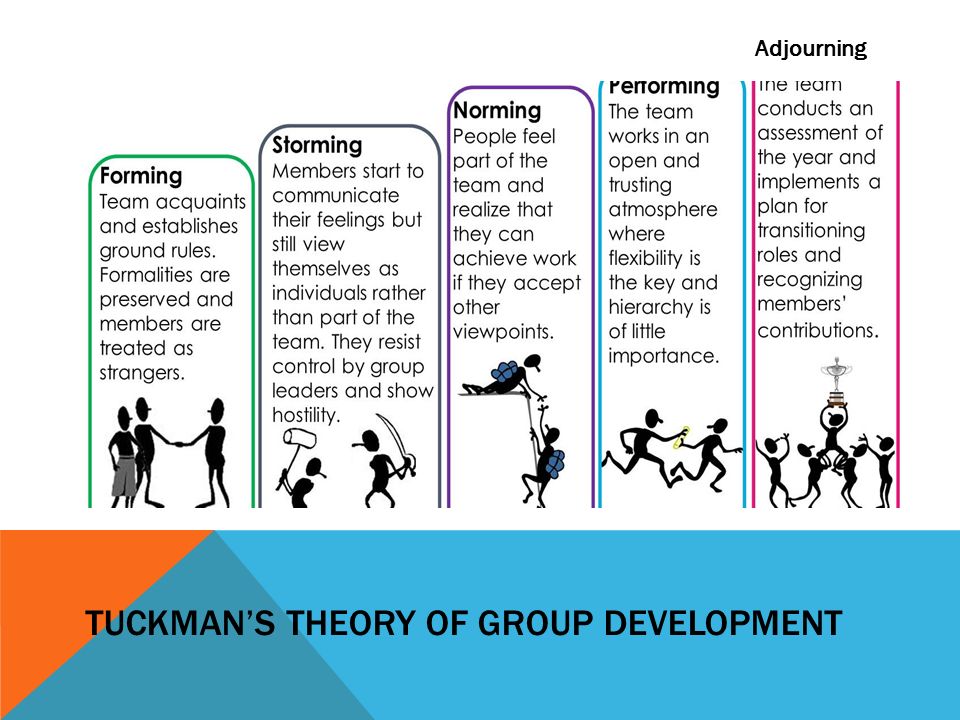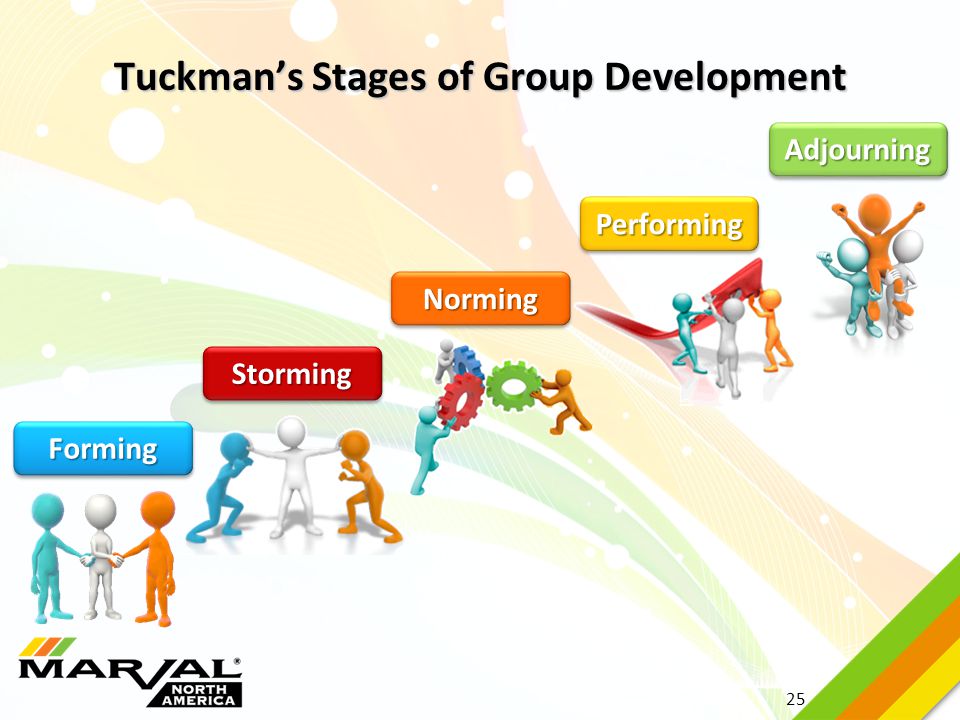Tuckman Stages Of Group

Group Development Forming. The team meets and learns about the opportunities and challenges, and then agrees on goals and begins to tackle the tasks.

Classics for Group Facilitators Developmental Sequence in Small Groups’ Bruce W. Tuckman Editor’s Note As group facilitators we are often concerned about the




Tuckman’s Theory of Group Development was first published by Bruce Tuckman in 1965. In Tuckman’s original explanation, groups and teams go through four stages as they become a cohesive, high-performing unit; …
Bruce Tuckman’s four stage forming, storming, norming, performing model explained, plus more free online business training for management, sales, communications, motivation and team building, etc
Bruce W. Tuckman – forming, storming norming and performing in groups. Bruce W. Tuckman produced one of the most quoted models of group development in the 1960s.
I first remember learning about Tuckman’s Team & Group Development Model while a management trainee at a large company. I
Stages of group development. Bruce Tuckman (1965) developed a 4-stage model of group development. He labelled the stages, Dr Suess-style: 1. Forming: The group comes together and gets to initially know one other and form as a group.



Probably the most famous teamwork theory is Bruce Tuckman’s ‘team stages model’. Tuckman’s model is widely used for effective team building.

Learn more about the Bruce Tuckman stages: forming, storming, norming and performing in order for the team to grow, tackle problems and deliver results.
A group can be defined as several individuals who come together to accomplish a particular task or goal. Group dynamics refers to the attitudinal and behavioral characteristics of a group. Group dynamics concern how groups form, their structure and process, and how they function. Group dynamics are
